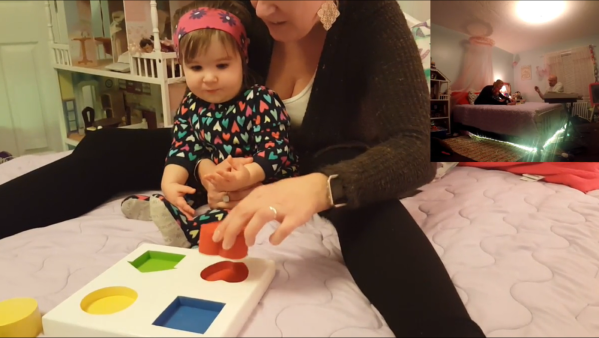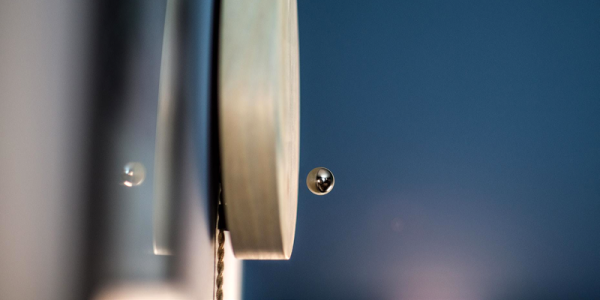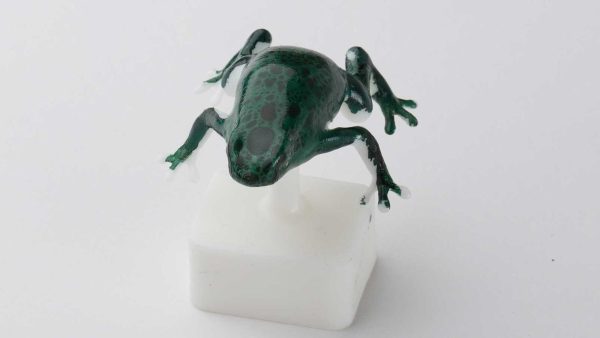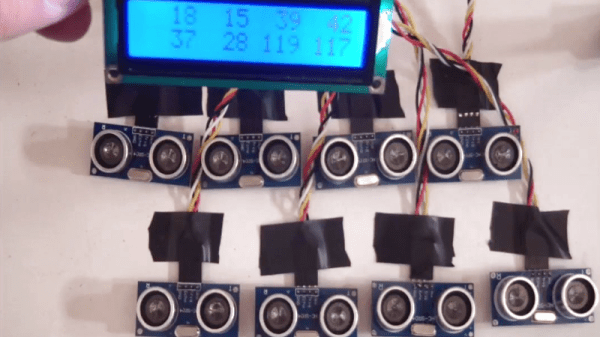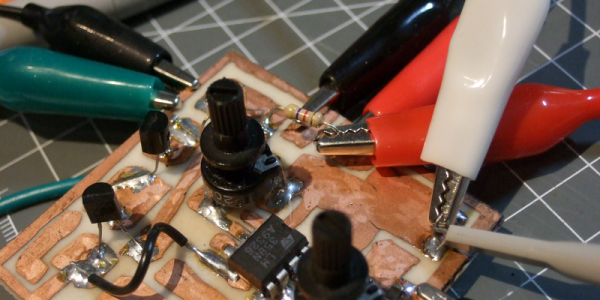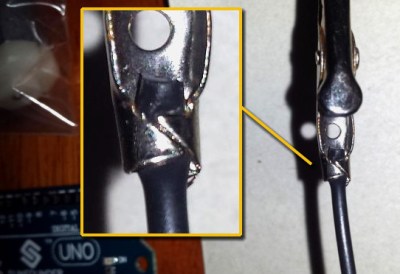Most parents would do anything to enrich their kids’ worlds and teach them what they need to know. Hacker parents often take it one step further by modifying the kid’s world to allow them to work past a disability. To wit we have an interactive game board to help a toddler learn her shapes and colors.
The toddler in question is [Becca], and her needs are special because of the progressive nature of the blindness that will result from her Usher Syndrome. [Becca] will need visual acuity testing much earlier than most toddlers, but a standard eye chart is meaningless to kids before they get their letters. This is where Lea shapes come in – a set of four shapes that are used to make visual testing a game and help practitioners assess what a child can and cannot see.
[Jake] and his wife [Beth] were advised to familiarize [Becca] with the shapes, but all she wanted to do was eat the printed sheet. In order to make the task more entertaining, [Jake] built an interactive board where brightly colored Lea shapes trigger the room lights to change to the same color as the block when it’s inserted into the correct spot on the board, as a visual reward. Reed switches, magnets, and an Arduino comprise the game logic, and the board communicates to the Philips Hue smart bulbs over an NRF24L01. The video below also shows some cool under-bed lights and a very engaged [Becca] learning her shapes and colors.
As we expected when we last covered his efforts to help [Rebecca], [Jake] has leveraged the Raspberry Pi he used as a hub for the stairwell lighting project. We’re looking forward to seeing what else he comes up with, and to see how [Becca] is thriving.
Continue reading “Interactive Game Board Helps Toddler Learn Colors And Shapes”

